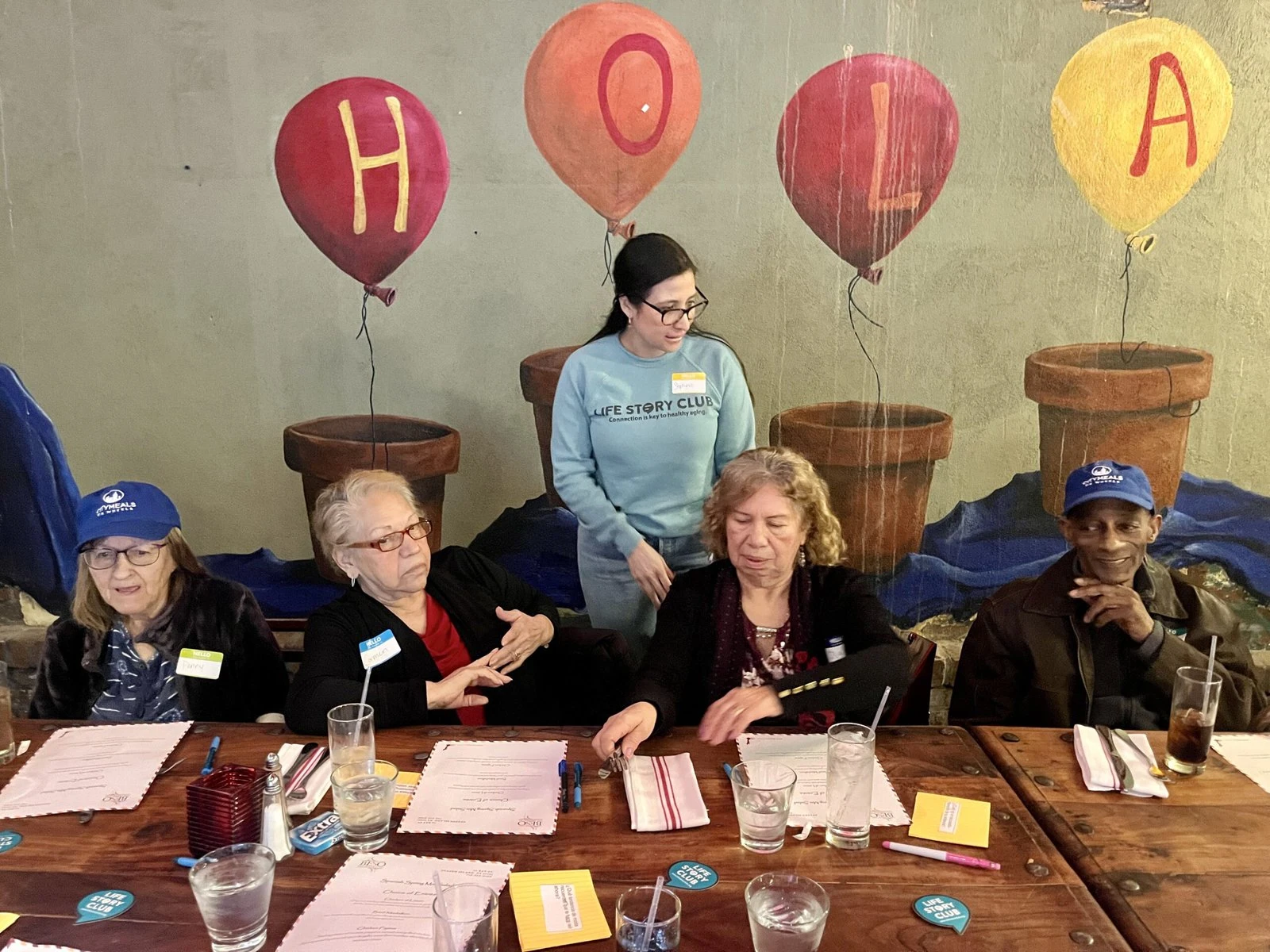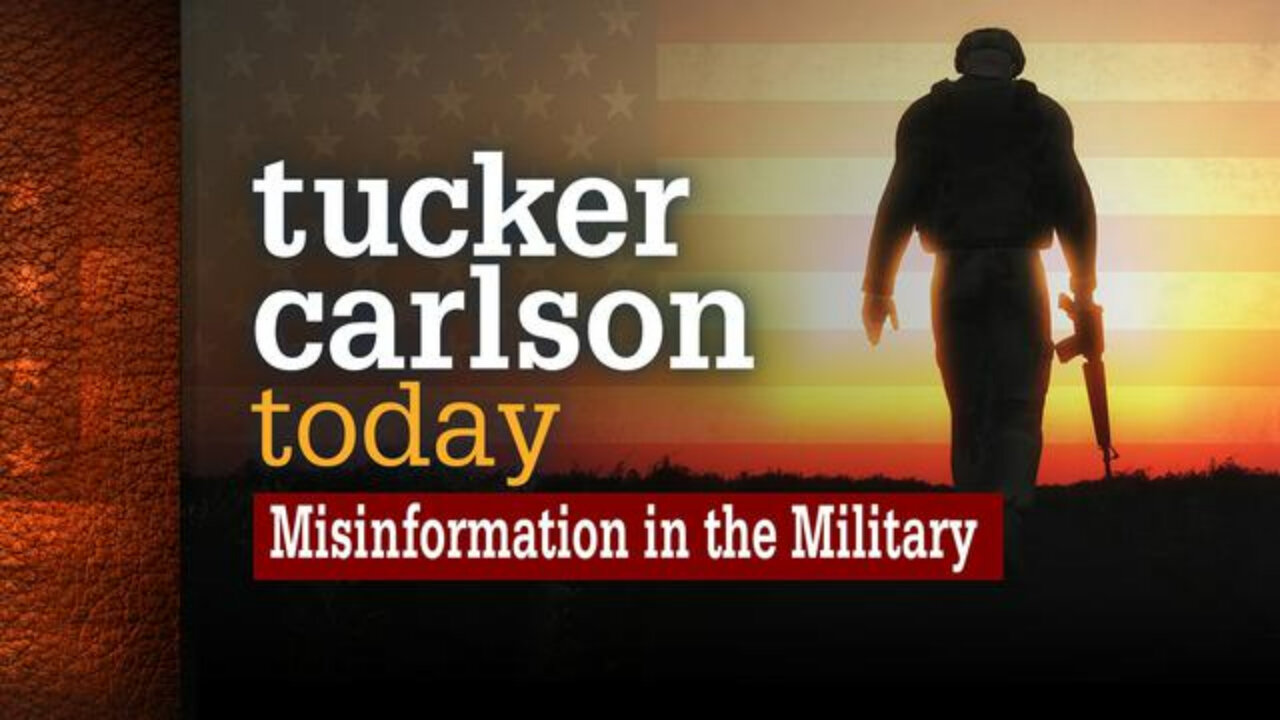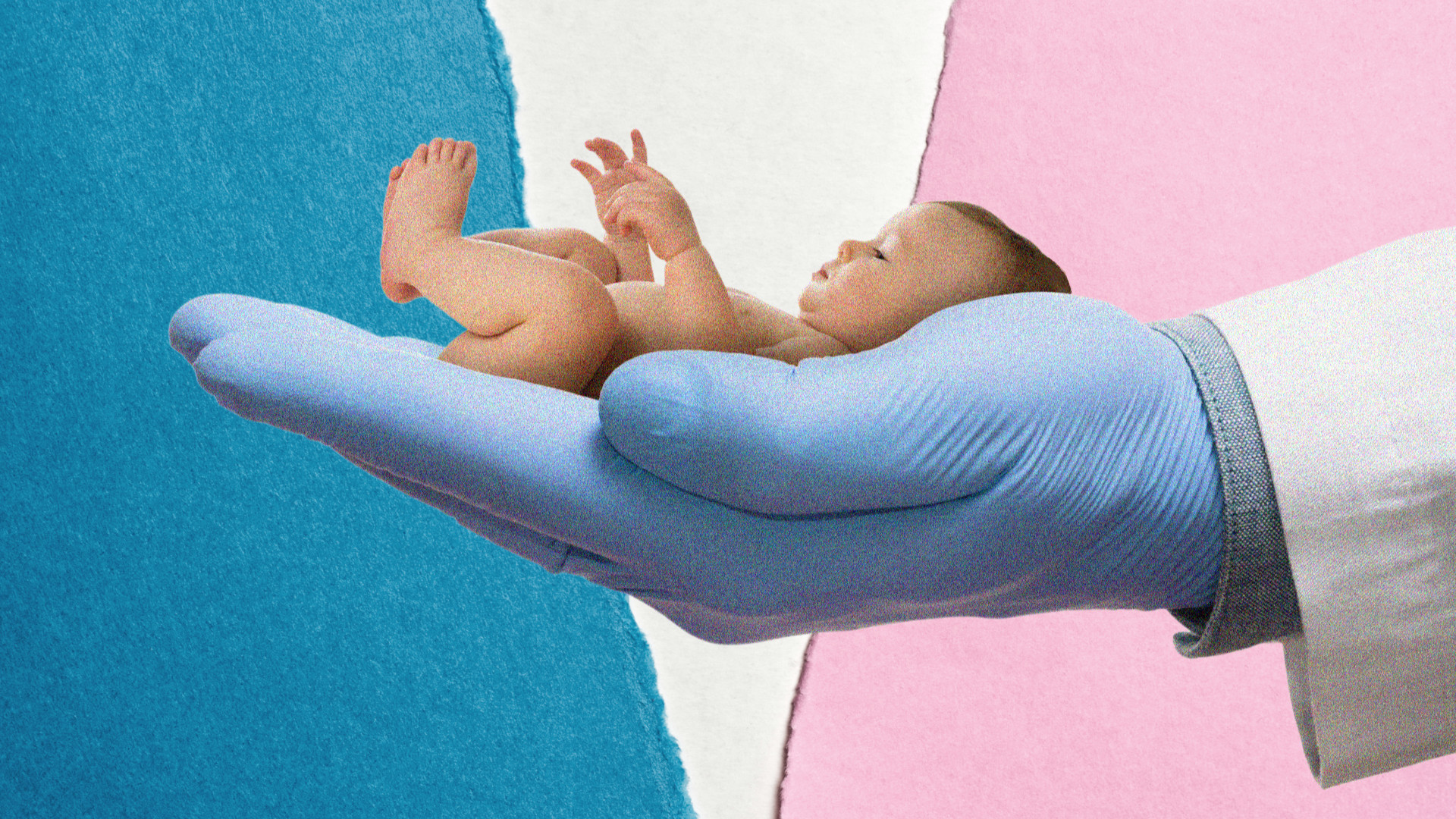
www.thegospelcoalition.org
Should Christians Practice Surrogacy?
Whether planned or unplanned, children are a gift from the Lord. The biblical doctrine of creation encourages us to uphold a pro-natalist (i.e., pro-birth) view, so we should remain resolute in affirming the unqualified goodness of children. However, modern medical technology confronts the church with weighty questions regarding the methods of procreation.
Surrogacy is a form of reproductive technology in which a third party carries a pregnancy for the intended parent(s). Usually, it’s for a couple or individual who cannot conceive naturally, including infertile men or women, partnerless individuals, and LGBT+ couples. Traditional surrogacy uses the surrogate’s own egg with sperm from the intended father or a donor, often via intrauterine insemination (IUI) rather than in vitro fertilization (IVF). In gestational surrogacy, now the dominant form, the surrogate mother is impregnated through IVF with the eggs of the “intended mother” (or an egg donor) and the sperm of the “intended father” (or a sperm donor), so the surrogate has no genetic relation to the child.
Surrogacy is a contested ethical issue among godly, evangelical Christians. I know faithful believers who’ve supported and participated in surrogacy. Far from a being theoretical debate, surrogacy affects real human beings made in God’s image. Advocating against such reproductive technologies is advocating against the possibility for some people to become biological parents. And as with infertility or childlessness, this can be severely painful. The topic should be handled with pastoral care and a sense of its weightiness.
IVF and Surrogacy
The practices of surrogacy and IVF are deeply interconnected, often yielding similar responses from evangelicals. IVF can be discussed apart from surrogacy, but surrogacy—at least in the predominate form (i.e. gestational surrogacy)—cannot be discussed apart from IVF as it is integral to the process.
Yet there are aspects to surrogacy that require attentive moral reasoning beyond the issues of IVF.
Since 1996, more than 1 million babies have been born through assisted reproductive technologies (ART), and 33 percent of American adults report they have used fertility treatments or know someone who has. Currently, about 2 percent of all births in the United States are through ART. Many evangelicals don’t consider it a moral issue at all, but Christians should think carefully about IVF and surrogacy.
While I consider this an urgent moral issue, my intention isn’t to make moral judgments but to raise questions and concerns. There’s no simple answer to when it’s morally permissible to use medical technology—from ventilators to plastic surgery—as this depends on a host of significant factors. But there are numerous concerns Christians should reckon with before moving forward in the process or encouraging others to do so.
Biblical Concern: Creation, Barrenness, and Procreation
We must inquire into Scripture’s overarching teaching about marriage, sex, childbearing, parenting, human life, the body, and dignity. We all agree that the Bible has something to say on these matters. The Christian’s task, then, isn’t to approach Scripture searching for explicit evidence for a certain viewpoint but to pay careful attention to God’s purposes for humanity, the institution of marriage, and the family.
Many evangelicals don’t consider it a moral issue at all, but Christians should think carefully about IVF and surrogacy.
The divine intention of marriage shouldn’t be reduced to only procreation, but it is one of the primary God-ordained purposes of sexual union. Multiplying is a blessing and a command (Gen. 1:28). Due to sin, however, the woman was cursed by multiplying her pain in childbearing and in bringing forth children (3:16).
According to Old Testament scholar John Walton, “pain in childbearing” refers to conception anxiety: “This would include the anxiety about whether she will be able to conceive a child or not (major status issue in the biblical world); the anxiety that comes with all the physical discomfort of pregnancy; the anxiety concerning the health of the child in the womb; and the anxiety about whether she and the baby will survive the birth process.”
This anxiety around conception—the struggle to carry on the lineage of God’s people—against the threat of barrenness, widowhood, or political persecution is one of the great themes of Scripture. Biblical women (e.g., Sarah, Rachel, Ruth, and Esther) are regularly confronted with the choice between preserving “the seed” (i.e., God’s people) by trusting the Lord or by trying to address this challenge through their own alternative route.
In Genesis 3:15, known as the protoevangelium, the Lord promised that the seed of the woman would crush the head of the serpent: a promise eventually fulfilled in Jesus, who was born of the virgin Mary to defeat Satan and bring about new life. But we learn throughout the Old Testament that God cares about not only the ends but also the means by which his promises are fulfilled.
Forbidden Fruit of the Womb: The Case of Sarai and Hagar
Two instances of barrenness in the Old Testament directly apply to the ethics of surrogacy (Sarai and Hagar in Gen. 16:2; Rachel and Bilhah in 30:1–4). Both cases depend on the institution of slavery, but the situation of Sarai and Hagar is the most helpful to unpack.
God promises Abram and Sarai an offspring, but they grow impatient. Sarai says to Abram, “Behold now, the LORD has prevented me from bearing children. Go in to my servant; it may be that I shall obtain children by her” (16:2). Just as Eve “took” and “gave” the forbidden fruit (3:6), grasping at what hadn’t been given, “Sarai, Abram’s wife, took Hagar the Egyptian, her servant, and gave her to Abram her husband as a wife” (16:3). Eve took the fruit of the tree, and Sarai took the fruit of the womb. The divine promise for Abram to receive an heir stands in tension with the means they seek to procure the child, as they decide to take an alternative route, since God had “prevented [Sarai] from bearing children” (v. 2).
Hagar, as a slave, was the property of her master and mistress, meaning that her son, Ishmael, would be too. In the story, we sympathize with Hagar, recognizing that Ishmael is her son and not Sarai’s. This unjust agreement necessarily alienates Hagar from her procreative abilities. Oliver O’Donovan explains, “The issue, as with slavery itself, is not primarily the issue of whether this alienation is voluntary or involuntary; it is whether it can happen at all, or be conceived to happen without a debasing and demeaning of the human person.”
Surrogacy or Succession? The Case of Levirate Marriage
There is also the institution of Levirate marriage in the Old Testament, where a man married his brother’s wife after she became a widow, so that “the first son whom she bears shall succeed to the name of his dead brother, that his name may not be blotted out of Israel” (Deut. 25:6). One might argue that the living brother serves as a type of sperm donor for the other, as the child carries the dead brother’s name. And therefore, we might find precedence for some type of reproductive intervention here. However, the child is only the dead brother’s heir in a social sense, for the sake of inheritance and succession. There is no third-party intervention within the first marriage or their sexual union, as the brother has died and the widow has been remarried. The levitical law without exception explicitly prohibited a man from uncovering “the nakedness of [his] brother’s wife” (Lev. 18:16).
In summary, the biblical narrative prompts us to consider how surrogacy dehumanizes the surrogate mother and the child, as they become means of achieving the desires of the “intended parents,” and we see no commendable instances of third party intervention in the storyline of Scripture.
Spiritual Concern: Disordered Desires
In 1984, O’Donovan famously argued that humans are “begotten, not made.” The Nicene Creed declares that the Son is eternally begotten from the Father, not made, but creatures are all made by God. O’Donovan explained that God created humans as those who “beget” beings like themselves, while God remains the Maker. However, we’ve exchanged the human process of begetting offspring for the technological project of making. Whereas the Father eternally begets the Son from his own nature, he made us as beings outside himself. This, now, is what we do with surrogate children—creating outside instead of inside, placing ourselves in God’s position.
The struggle to carry on the lineage of God’s people against the threat of barrenness, widowhood, or political persecution is one of the great themes of Scripture.
The psychological and emotional pain of infertility is often (though not always) what drives people to reproductive technologies. The notion that such technologies are necessary because a couple (or an individual) wants a child for the sake of their own fulfillment, as O’Donovan says, is born out of “our cultural conception of freedom as the freedom not to suffer.” We resort to what Jacques Ellul calls “technique” to alleviate our suffering, which isn’t always bad. But the service of technique is only appropriate and helpful within the limits of God’s good created order.
The goodness of procreation is subverted by the intervention of a personal third party. Matthew Arbo explains in Walking Through Infertility, “Surrogacy proceeds on a parallel assumption that the marital covenant is spiritual but not also material, that it does not make a claim upon the human body.” But of course, marriage does make this claim. In the old Book of Common Prayer liturgy for weddings, the man would even place the ring on his wife’s finger, solemnly uttering as part of his vows, “With my body I thee worship.”
Procreation is the possible outcome of sex, but it isn’t the focus of sex, which is the union of a man and a woman. In other words, children may be the intention of sex but a spouse is the attention of sex. This is important. Children aren’t an act of our will. They’re an act of God’s will through the means of our sexual union. To place the child not only above but outside the union of man and woman is to disorder our desires. Couples can still exercise stewardship via natural family planning and enjoy sex apart from the desire to have children. But IVF and surrogacy uniquely make the child a project—rather than an overflow of love in a marital union—by severing procreation from sex.
Relational Concern: Separated Families
Surrogacy can create relational and emotional problems by starting a baby’s life separate from either his biological mother or father or from the woman who carried him in her womb.
Some might raise adoption as a counterpoint. Why aren’t we similarly concerned about how adoption separates a child from her biological parents (a reality that can cause grief for adopted children)? Adoption is making the best of a difficult situation: children are already born into a circumstance where their biological parents won’t be able to care for them. Even then, adoptive parents should carefully consider what’s best for the child. Adoption is good and beautiful so long as that child needs parents, not merely because those adults want a child. Disordered desires should be considered here as well. Adoption is an imperfect yet redemptive way to give that child a more nourishing family environment.
Children aren’t an act of our will. They’re an act of God’s will through the means of our sexual union.
Likewise, an exceptional circumstance for surrogacy may be embryo adoption or “Snowflake Babies.” There are somewhere between 5 million and 10 million frozen embryos in the United States alone. They’ll remain frozen until their parents stop paying the storage fees and they die. We shouldn’t be naive about this. It’s impossible for us to adopt all the embryos, and the number of tiny image-bearers left to die is growing everyday, which is one formidable reason to work toward regulating IVF and surrogacy in the first place. “It’s not a problem; it’s a grave moral crisis,” says Matthew Lee Anderson. “If embryo adoption, as a practice, extends the manner of thinking that brought [embryos] there in the first place, then I think we ought to look on it with a wary eye.” But if we are able to reject the type of thinking that brought us here, embryo adoption may be an imperfect yet redemptive way to save a child’s life and give them a family. Currently, the only fully licensed adoption agency that offers embryo adoption is Nightlight Christian Adoptions.
However, all other forms of surrogacy—especially when done to produce a child for same-sex couples—are intentionally bringing a child into a broken relational situation, where in many cases they’re denied the chance to be raised by their biological father and mother. And even in cases where a married husband and wife use a surrogate to carry their biological offspring, research has shown that kids can grow up with emotional problems and questions about identity.
Surrogacy seems to make parenthood arbitrary, raising questions about who really made the baby: the doctors, the surrogate mother, or the intended parents? We lose sight of the meaning of parenthood, reducing the most fundamental human relationships to legal contracts. Surrogacy upends basic aspects of theological anthropology, making them subservient to modern visions of the good life.
Bioethical Concern: Babies for Sale
Surrogacy commodifies the surrogate mother and child. In the case of commercial surrogacy, a woman rents her womb for profit. This practice exploits the nonconsenting child—who lacks even basic protections in many jurisdictions—and the consenting mother.
Payment and volition alone don’t eliminate the possibility of exploitation. For example, consider the absurdity of the slogan “Sex work is work.” Yes, it’s a form of labor. Yes, sex workers are paid. Yes, the sex is sometimes, somewhat voluntary. But it’s always demeaning and exploitative simply because there’s no dignifying way to sell sex. Sacred things can’t be sold; they can only be stolen. Likewise, with childbearing, commercial pregnancy is exploitative by nature, even if it’s voluntary and paid. No amount of payment can scratch the surface of the cost.
In the case of altruistic surrogacy, where the woman donates her womb for the child’s habitation, the baby is still treated as a product based on supply and demand. Arbo points out, “The mistake here is in assuming that a pure or altruistic intention is enough to make the action morally right. . . . This is not procreation in the truest sense of the word but reproduction.”
According to Carter Snead and Yuval Levin at the Ethics and Public Policy Center, the industry is “fraught with peril”: Reproductive technologies are currently not regulated, there’s a lack of long-term studies on the health and safety of children and mothers, and experimental procedures quickly become routine practice. Consider also widespread sex selection and marketing of testing for trait selection, along with the general commodification of the body and its parts.
A New Eugenics movement is exploding in Silicon Valley. In 2022 alone, $800 million was invested in fertility technology start-ups. A company like Orchid offers “genetic risk scores” for diabetes, epilepsy, cancers, obesity, and neurodevelopmental disorders. For example, regarding autism and intellectual disorders, they explain, “Parents gain the ability to identify embryos with known genetic forms of neurodevelopmental disorders, empowering them to make informed decisions.” For $50,000, the startup Heliospect Genomics even offers to “screen embryos for IQ.” A senior staff member, Jonathan Anomaly, openly advocates for “liberal eugenics,” arguing that “it is becoming increasingly difficult to justify rolling the genetic dice by having children without thinking about the traits they will have.”
These start-ups are inching toward the long-term goal of complete reproductive control, so intended parents can select an embryo with “superior genes” and discard the rest.
Path Forward
Several Christian ethicists have recently drafted a statement, A Future for the Family, which argues that present technologies have “commodified the data, relationships, and bodies of children.” In response to this harsh reality, one of their principles for empowering families through technology is to “support women in their natural ability to conceive, gestate, birth, and nurture children, rather than seek to bypass or short-circuit the female body or reduce it to organs for rent.”
Surrogacy upends basic aspects of theological anthropology, making them subservient to modern visions of the good life.
This approach fits with the Ethics and Public Policy Center’s advocacy for restorative reproductive medicine: “Clinicians trained in this science focus investigations and treatments on correcting abnormalities rather than suppressing, destroying, or bypassing normal reproductive function.”
While we can’t (and in many cases shouldn’t want to) undo modern advancements in medical technology, we can still reconsider the means and ends for which we use that technology. Are we using it to support the health and natural processes of men and women? Or are we attempting to bypass the human body to fulfill our desires? Christians need to consider this pressing question, not only for the health of our families and societies now but also for the church’s future beyond the 21st century.
During an interview for Biola University, the prominent ethicist Stanley Hauerwas once grimly remarked, “I’d say, in 100 years, if Christians are people identified as those who do not kill their children or their elderly, we would have been doing something right.”
I hope, however, we’ll be known as those who don’t buy and sell them either.











 Rumble
Rumble



